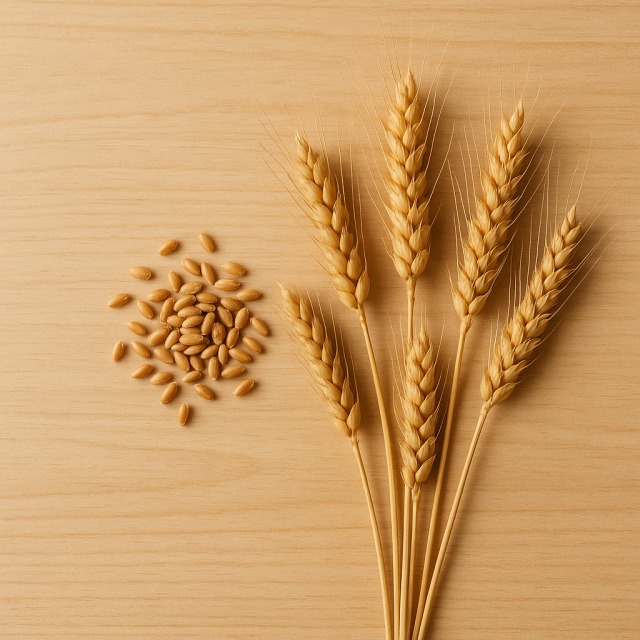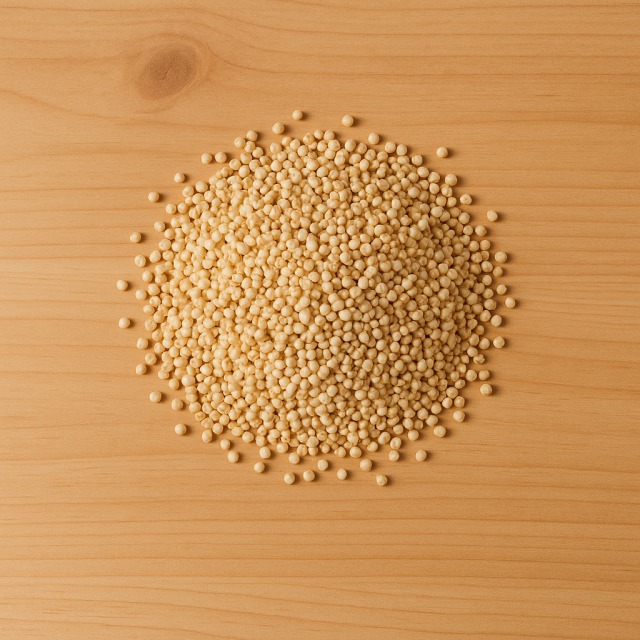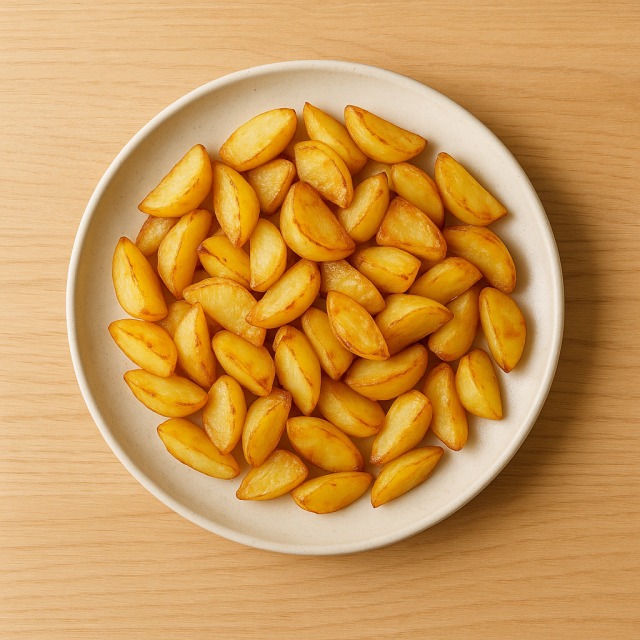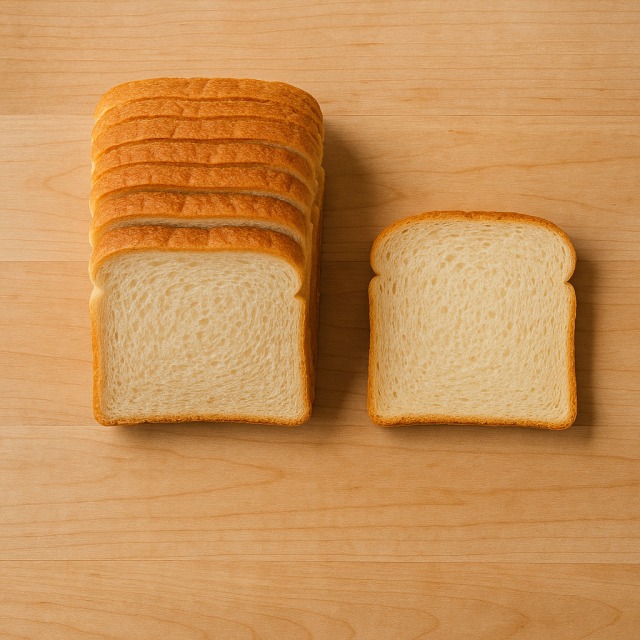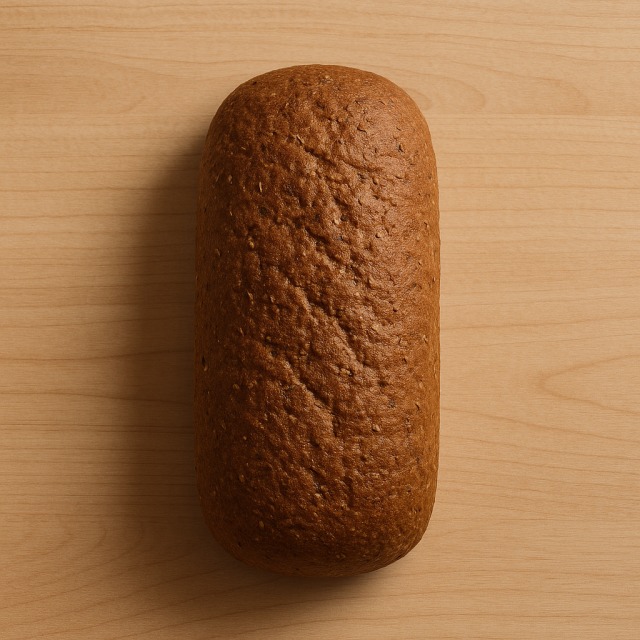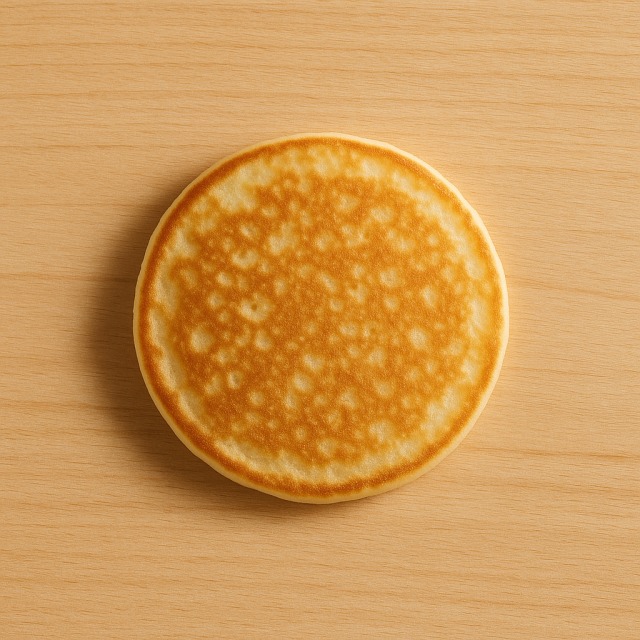Calorie Chart / Trimmings / Semolina
How Many Calories Are in Semolina?
Calculation of the nutritional value & Recommended Dietary Intake of semolina
For g and a calorie requirement of kcal
| Calories 220 kcal | Proteins 7 g | Lipids 0.4 g | Carbohydrates 47 g |
| 11% | 9% | 1% | 17% |
Health benefits of semolina
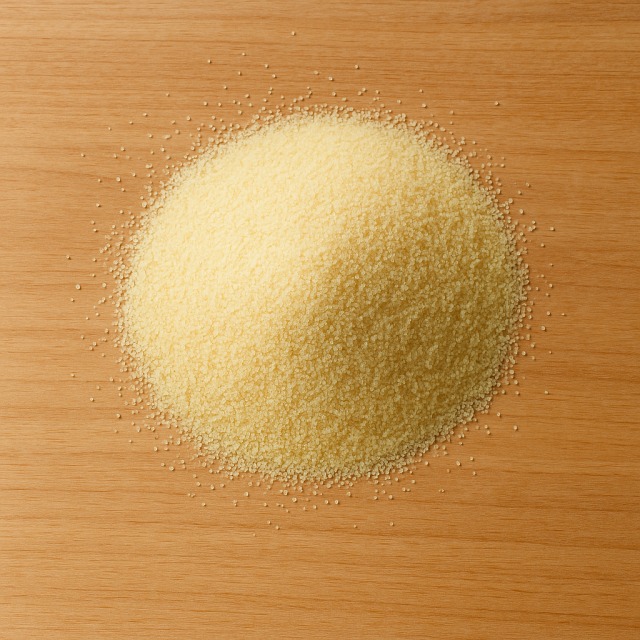
Semolina - 100g
Calories 110 kcal
Proteins 3.5 g
Lipids 0.2 g
Carbohydrates 23.5 g
Made from durum wheat, semolina is a moderate-calorie cereal (110 kcal/100 g cooked). Its calories mainly come from complex carbohydrates that fuel steady energy release, making it interesting for people watching daily calories while needing long-lasting satiety. Semolina supplies group B vitamins (especially B1, B3, and folate) that help transform the calories you eat into usable energy. It also delivers iron and magnesium, two minerals that support red-blood-cell formation and muscle contraction. The low-fat content keeps calories under control for weight-management diets. Thanks to its fine texture, semolina is easily digested and is often recommended as a first solid for infants or for athletes recovering from intense effort who must monitor calories and stomach comfort.
Historically, semolina traveled from North Africa through the Mediterranean trade routes; the famous dish couscous popularized it in Europe. Because one cup of dry semolina roughly triples in volume once hydrated, its apparent calories on the plate remain modest, another practical advantage for anyone counting calories. Finally, its mild taste means you can enrich it with vitamin-packed ingredients—spices, herbs, or vegetables—without dramatically increasing calories.
Tips for incorporating semolina into a balanced diet
To keep calories in check, cook semolina in water or low-salt broth and fluff it with a fork before serving. For a balanced plate, pair one serving of semolina with grilled vegetables such as zucchini and lean protein like spiced chicken breast; the fibers and proteins help stabilize post-meal calories absorption. In a traditional Maghrebi bowl, top semolina with a ladle of vegetable stew from your homemade vegetable soup; this adds bulk without many extra calories.
Looking for variety? Turn it into a cold salad similar to tabbouleh by mixing cooled semolina with diced tomato, cucumber, fresh mint, and lemon; you obtain freshness, micronutrients, and still moderate calories per bite. At breakfast, a sweet version works: simmer semolina in semi-skimmed milk, then stir in a spoon of honey and slices of banana; the controlled portion keeps overall calories reasonable while boosting potassium and slow-release carbs. Remember that semolina absorbs liquid quickly, so measure portions dry to avoid an unplanned calorie surplus.
Frequently Asked Questions
- How many calories are in semolina?
- Semolina provides 110 kcal per 100 g once cooked.
- Is semolina good for weight loss even though it contains calories?
- Yes. Its calories come mainly from complex carbohydrates with a low-to-moderate glycemic index, and its ability to swell with water increases volume without adding more calories, promoting fullness on controlled portions.
- Does semolina contain gluten?
- Semolina is produced from durum wheat and therefore naturally contains gluten; people with celiac disease should avoid it regardless of calories.
- Which vitamins and minerals contribute to the calories-to-energy conversion in semolina?
- Vitamins B1, B3, and folate, plus magnesium and iron, help metabolize the calories from the starch into usable cellular energy.
- Can athletes rely on semolina for post-training calories?
- Absolutely. A 200 g serving supplies around 220 calories of easily digestible carbs that replenish glycogen without excess fat.
- How does semolina compare to rice in calories?
- Cooked white rice averages 130 kcal/100 g, slightly higher than semolina's 110 kcal. Both are moderate-calorie options, but semolina cooks faster.
Similar foods
Information provided by Calorie Menu may contain inaccuracies or errors. It cannot, under any circumstances, substitute medical advice or medication.
